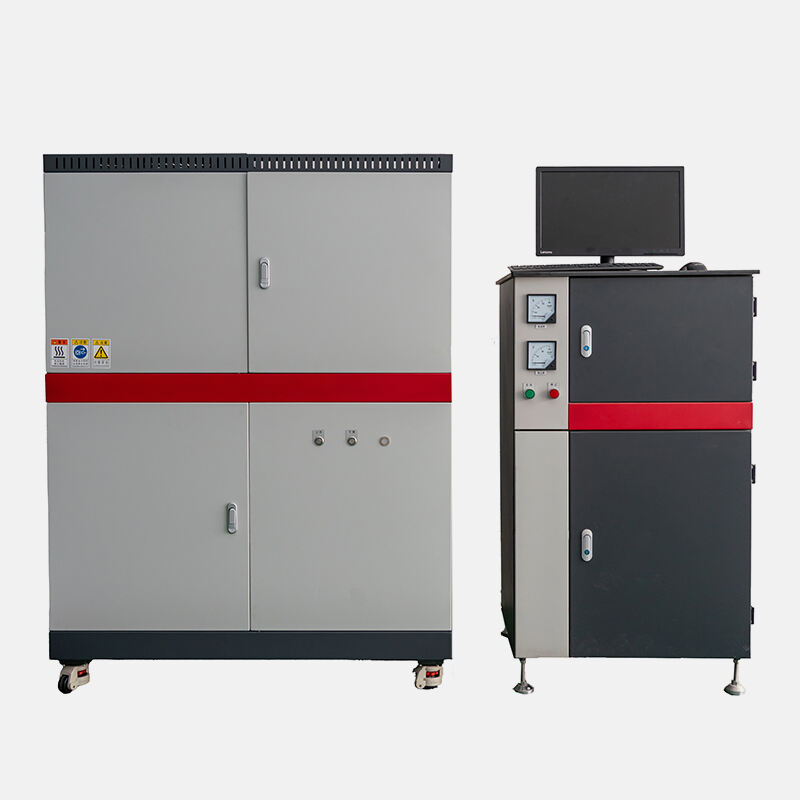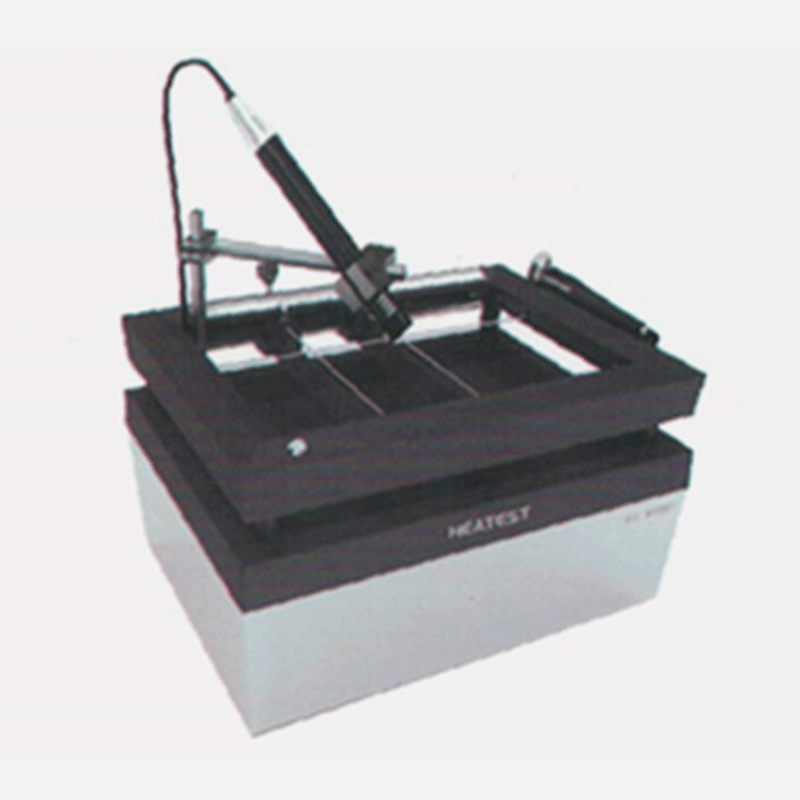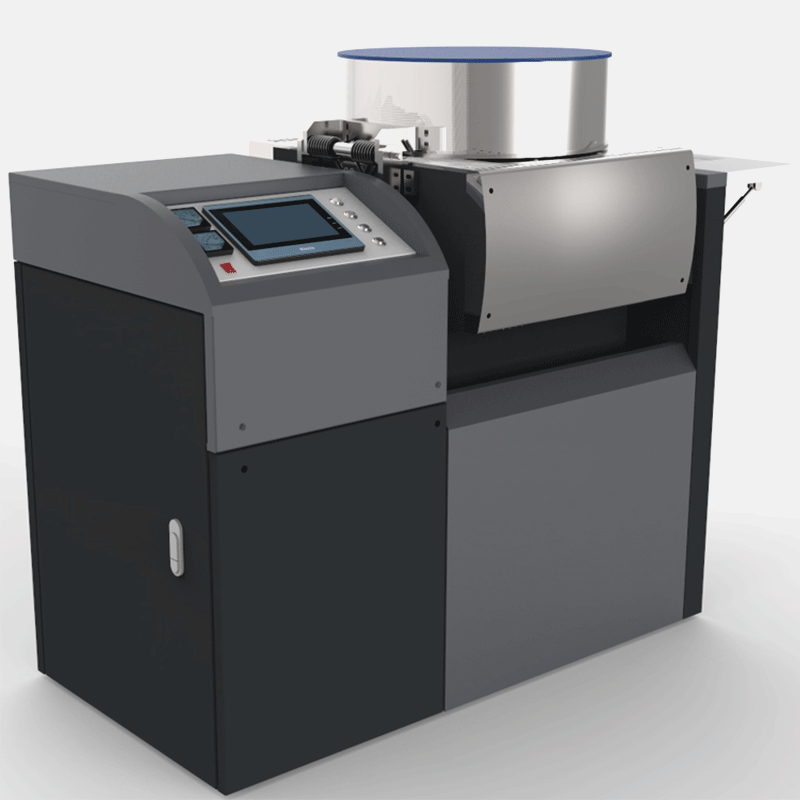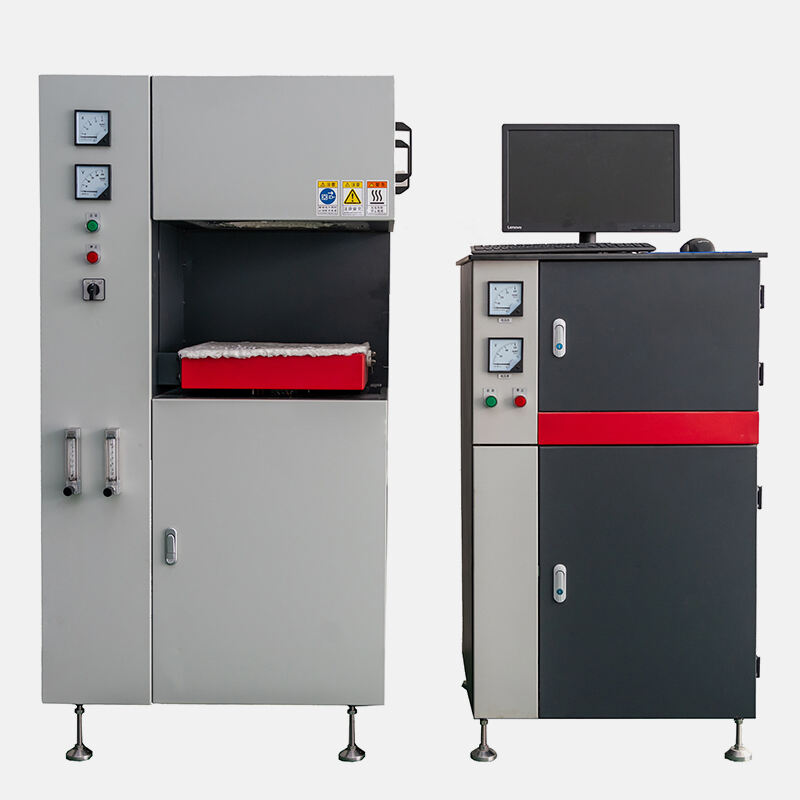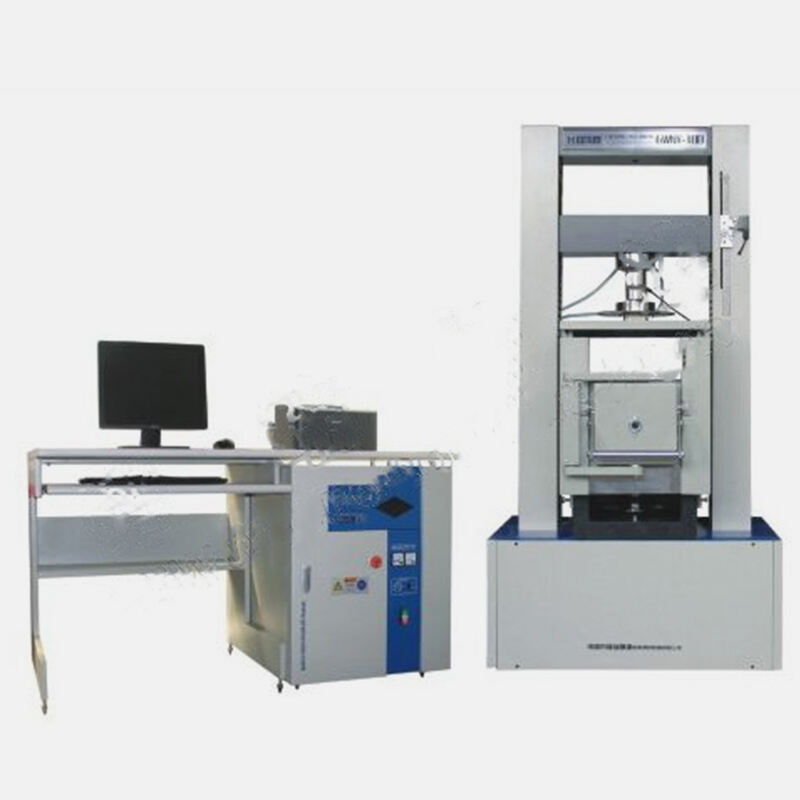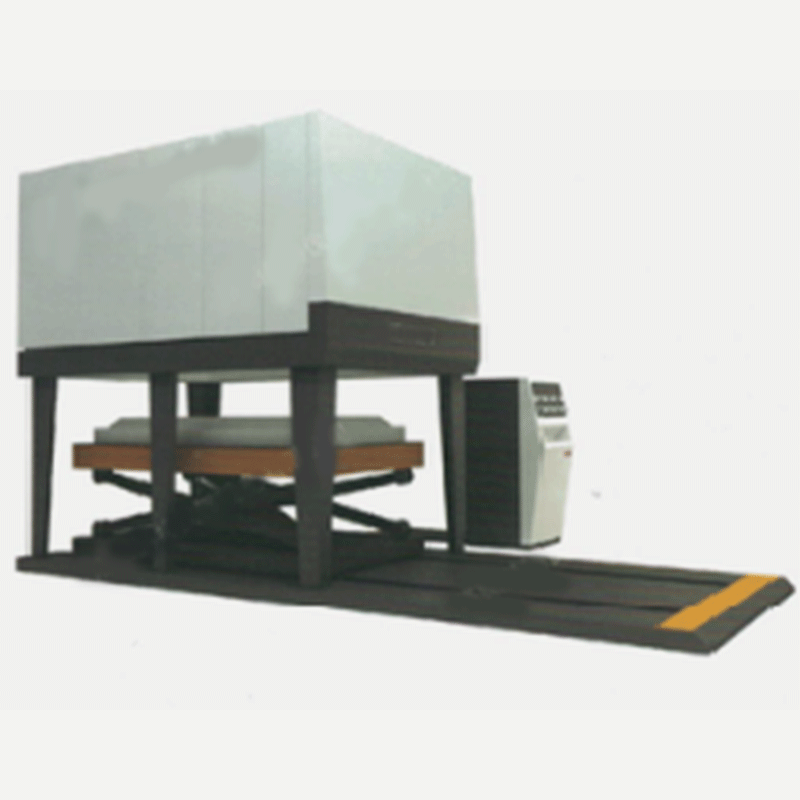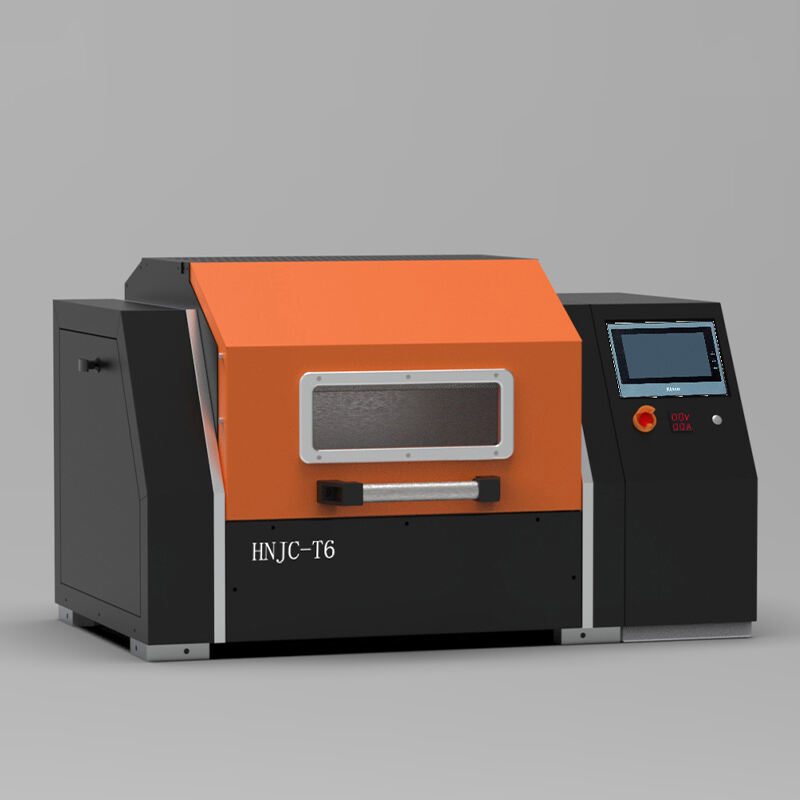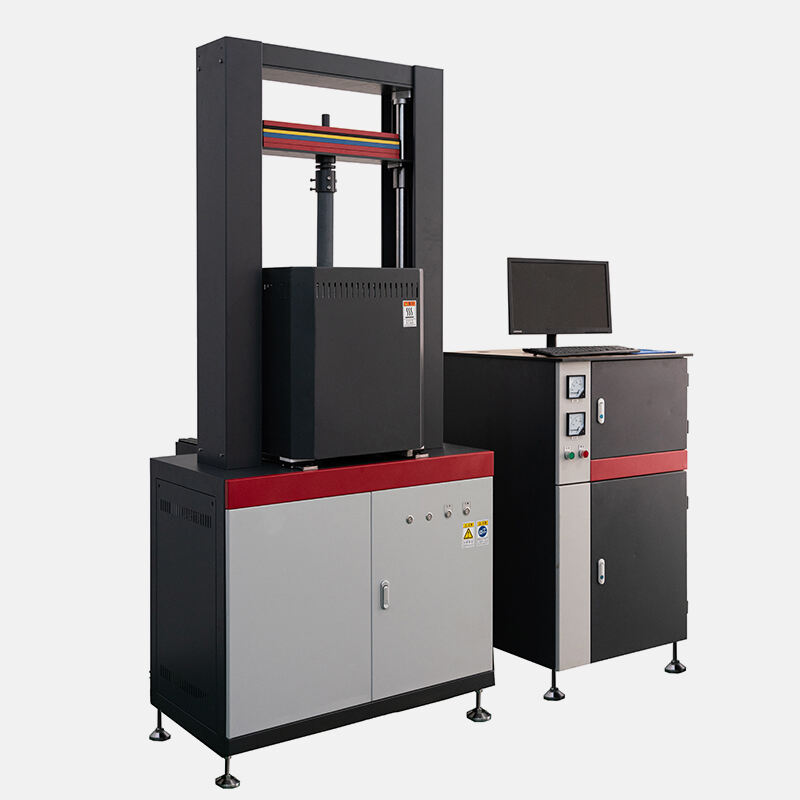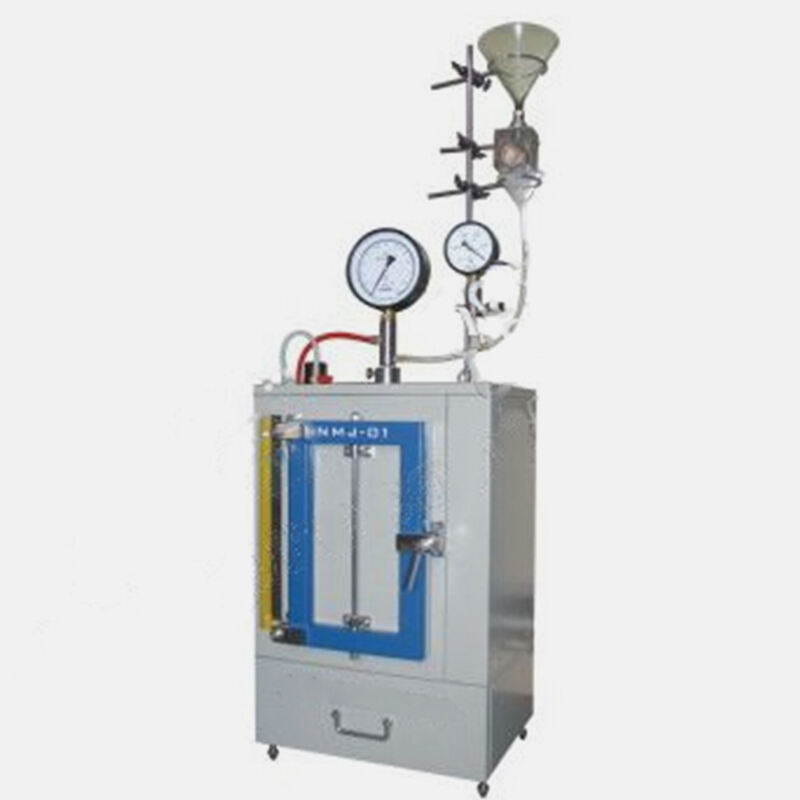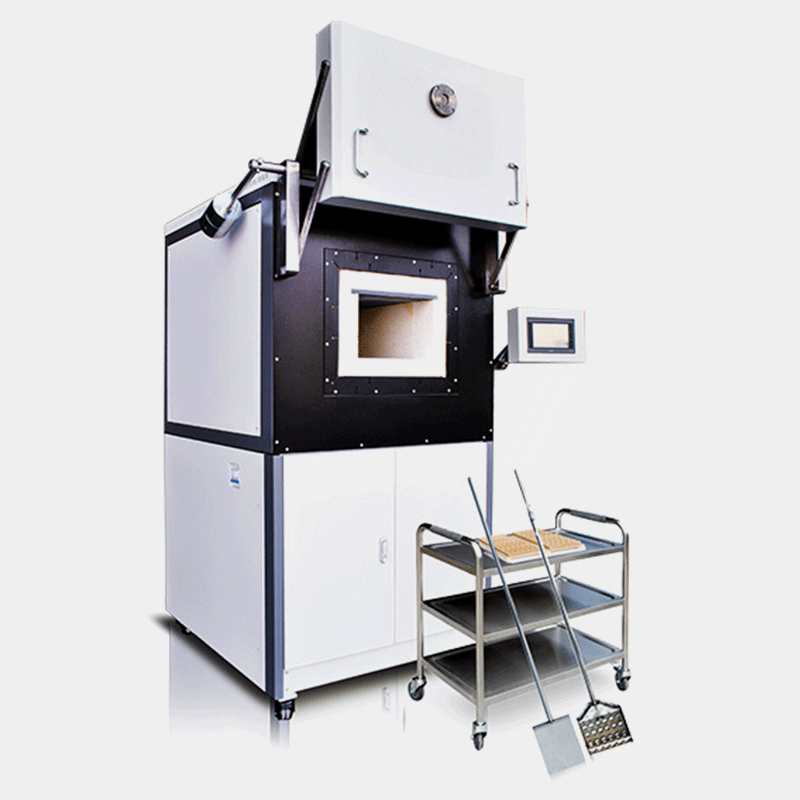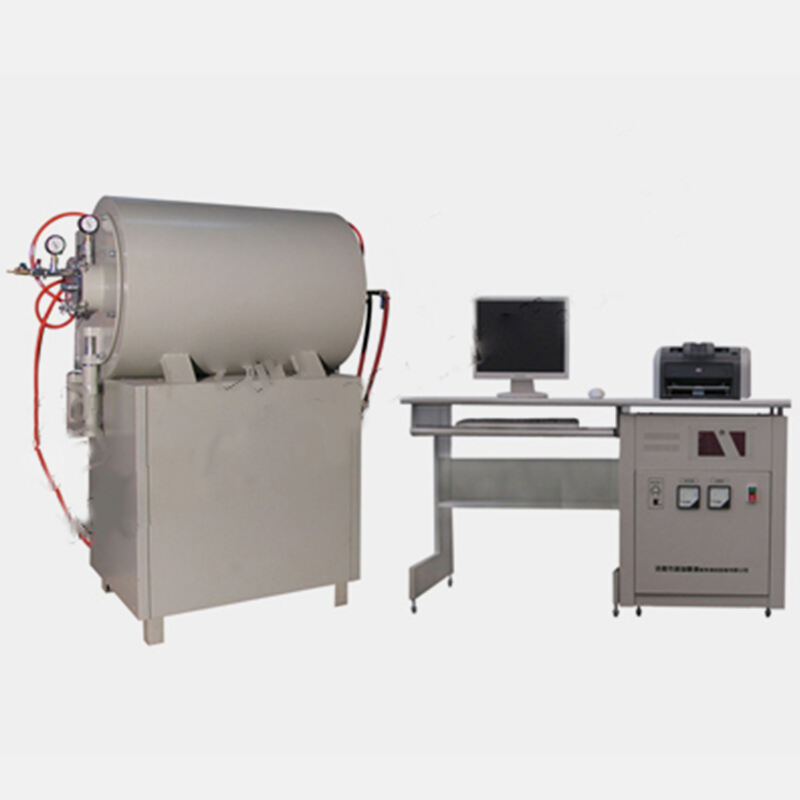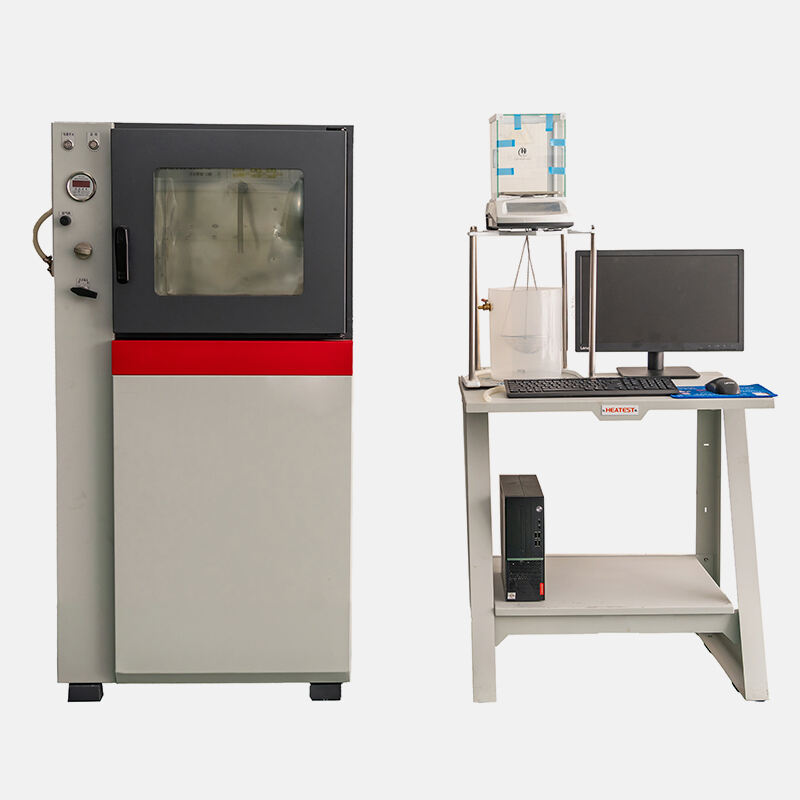Function and use of refractoriness test furnace
The refractoriness test furnace is a kind of experimental equipment specially used to test the high temperature resistance of refractory materials. In many fields such as metallurgy, construction, chemical industry, ceramics, etc., the application of refractory materials is very important, and the refractoriness test furnace is a key tool to evaluate whether these materials can work stably in high temperature environments. In this article, the editor of Instrument will specifically introduce the role and use of the refractoriness test furnace.
I. The role of the refractoriness test furnace
1. Determine the refractoriness of refractory materials
The refractoriness of refractory materials refers to the temperature range that the material can withstand under the specified test conditions. The core function of the refractoriness test furnace is to test the refractoriness of refractory materials. Different refractory materials have different refractory temperatures. By heating the sample in the refractoriness test furnace and gradually increasing the temperature until the sample changes (such as softening, melting or expansion, etc.), the refractoriness data of the material can be obtained.
2. Provide a basis for material quality control
During the production process, the refractoriness test furnace can be used as an important tool for quality control. During the production of refractory materials, manufacturers must ensure that each batch of materials meets industry standards or customer requirements. By regularly testing the production samples for refractoriness, manufacturers can promptly identify problems and make adjustments to ensure product quality and consistency.
3. Improve the research and development of refractory materials
The refractoriness test furnace also plays an important role in the research and development stage of refractory materials. Through the refractoriness test furnace, researchers can test the performance of materials with different compositions, structures and processes under high temperature environments, help optimize the formulation of materials, and improve their high temperature resistance.
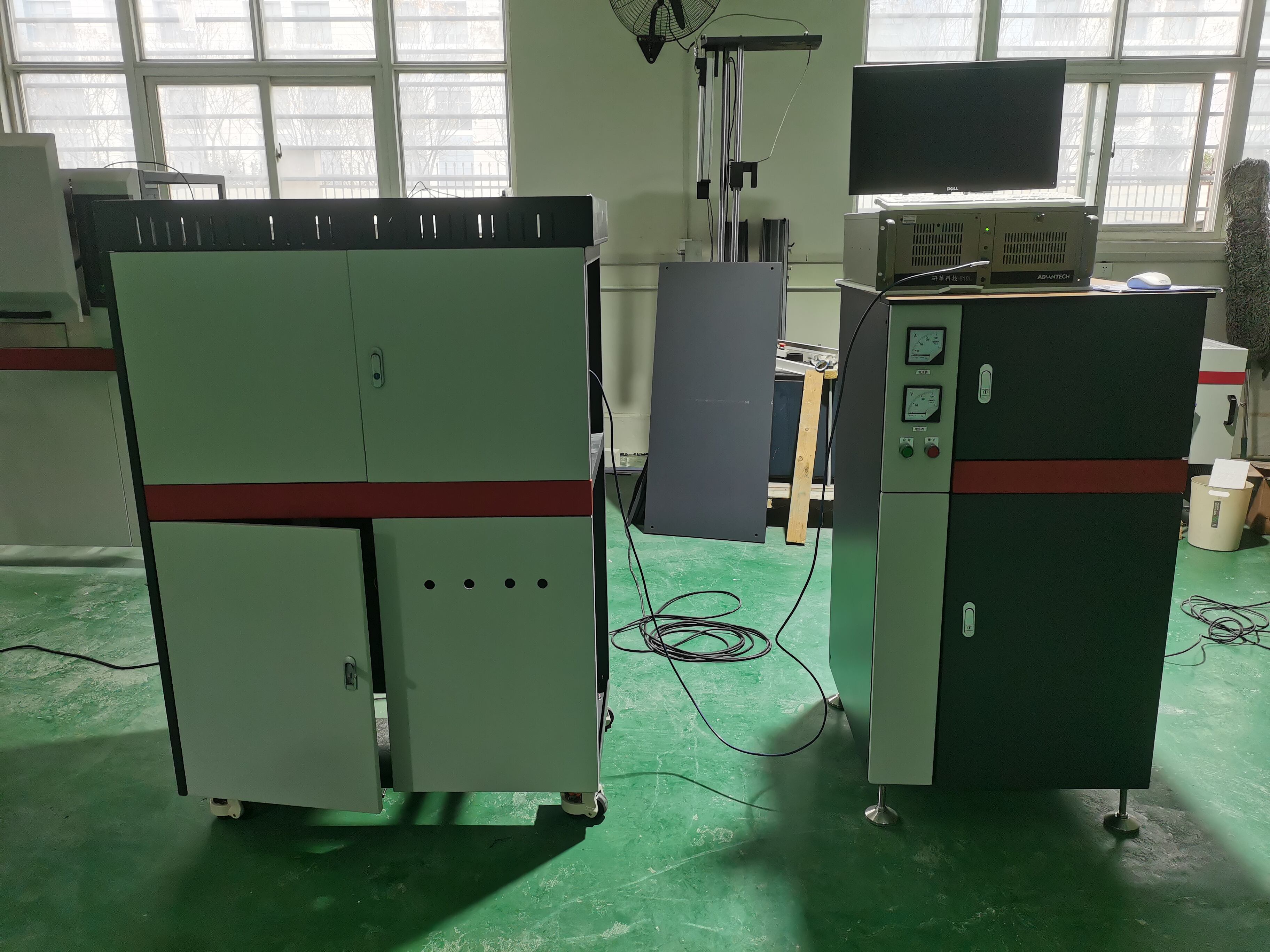
II. How to use the refractoriness test furnace
1. Equipment and sample preparation
Make sure there are no foreign objects in the furnace body, and the joints between the furnace door and the furnace body are well sealed to avoid temperature leakage or affect the test results. Check whether the power supply and gas source are normal, especially whether the temperature control system and temperature recorder are working accurately, to ensure that the temperature data during the test is reliable. The sample needs to be cut into standard sizes to ensure the standardization of the test and the accuracy of the results. The surface of the sample should be kept flat to avoid test errors caused by surface irregularities.
2. Set the temperature program
The temperature control system of the refractoriness test furnace can usually set the heating rate and test temperature. According to the characteristics of different materials, the heating rate is generally between 5*C/min and 20℃/min. After setting the temperature program, start the temperature control system and start heating.
3. Start the test
Put the sample into the test chamber of the refractoriness test furnace, ensure that the position of the sample is stable and avoid contact with the furnace wall. When the sample reaches the specified temperature, observe the changes in the sample, such as softening, deformation, melting, etc., and record the temperature point where it changes.
4. End the experiment and data recording
When the sample changes significantly or reaches the preset test temperature, the experiment ends, and the temperature control system or other measuring tools are used to record the temperature changes during the entire heating process. According to the recorded data, analyze the refractoriness index of the material to determine whether it meets the use requirements.
The role and use of the refractoriness test furnace have been introduced to you. By using this equipment reasonably, it will help enterprises and scientific research institutions improve the performance of refractory materials and provide solid material guarantees for industrial production.
Recommended Products
Hot News
-
From Nanyang to East Africa: China's "Fire Assay" Technology Illuminates the Future of Kenya's Mining Industry—The Launch of the Kyrgyz-Chinese Testing Equipment Container Laboratory
2025-12-30
-
Features of the Gold Test Ash Blowing Furnace
2025-12-22
-
Precisely measuring material "endurance" at high temperatures—Nanyang JZJ Testing Equipment Co., Ltd.'s high-temperature load-bearing creep tester is exported to the United States.
2025-12-17
-
The trusted choice of African mining giants! Nanyang JZJ Testing injects refined "core power" into Zimbabwe's gold mining industry.
2025-12-08
-
Working principle and application range of ambient temperature abrasion tester
2025-11-07
-
The main reagents used in fire assay and their functions
2025-10-13
-
Let you know about fire assay ash blowing furnace
2025-09-23
-
Refractoriness under load (RUL) and creep in compression (CIC) testing machine common troubleshooting
2025-08-25
-
How to use X-ray fluorescence fusion machine in refractory industry?
2025-08-18
-
What materials are suitable for high temperature muffle furnace testing?
2025-08-14

 EN
EN
 AR
AR
 BG
BG
 FR
FR
 DE
DE
 HI
HI
 IT
IT
 PL
PL
 PT
PT
 RU
RU
 ES
ES
 TL
TL
 IW
IW
 ID
ID
 UK
UK
 VI
VI
 TH
TH
 TR
TR
 FA
FA
 MS
MS
 UR
UR
 BN
BN
 KM
KM
 LO
LO
 PA
PA
 MY
MY
 KK
KK


